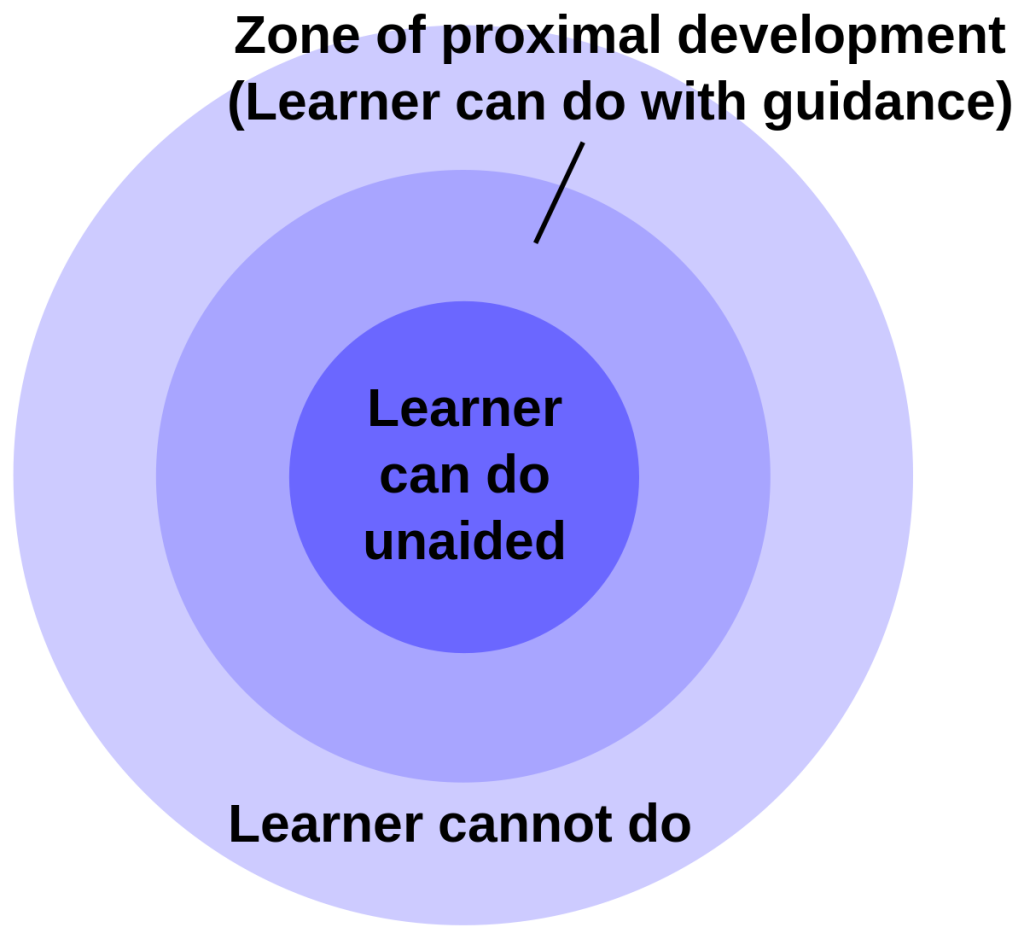My tutor Karen Matthewman and I had a debrief about what happened during my workshop with my peer observer Faust Peneyra. I provided my lesson plan which included the learning outcomes for the workshop.
The Cinematography workshop was created recently, to be the perfect followup workshop to the ones I already offered as ‘working with the camera for beginners’, and ‘creative lighting for film’. This new workshop would be considered more academic and ideas based rather than technical. The objective for the Cinematography workshop is for students to be comfortable in combining the skills of the two aforementioned workshops; and it’s specially designed for students who’s course is not based on visual media content creation.
This workshop was particularly heavy on theory and it was a concern I expressed to Karen during our debrief. The conversation developed into a very important methodology on scaffolding structures for students, to be able to learn with safety and without intimidation in digestible chunks of information (Professional and Continuing Education, n.d).
Looking at Vygotsky’s Zone of Proximal Development (1978) there is what the students can do themselves, what they can do with assistance and then what they can’t do. Depending on what the learning outcomes are, I need to be able to get students to acquire certain technical skills to a good level. This would also include using theory along with technical sensory teaching, to achieve the learning outcome. So I shouldn’t be hesitant to use the two in unison, even as a specialist technician myself.

I think that the term Scaffolding is crucial because my aim is to build upon skills, by developing a solid foundation of the individual student and their understanding of filmmaking. The skills I teach are NOT something that can be developed online only- but the equipment must be handled in order to reduce any fear or apprehension that may be lurking within the students. Object Based Learning (Wilcox, 2019), is my whole approach to technical teaching. Without the equipment, whether it is a camera, an audio recording device, or software, I would not be able to lay solid foundations for learning, as it’s crucial for students to have a haptic experience of the complexities of each piece of film technology. Therefore, this scaffolding approach is something I will be building upon, as digital filmmaking develops further, especially in the realms of Generative Artificial Intelligence.
(Word Count 396)
References.
Central Saint Martins (2019) Museum & Study Collection: Judy Willcocks Copenhagen Presentation. Available at: https://www.youtube.com/watch?v=M3O7MM5WuFo
(Judy Wilcox’s name was misspelt in the published video above. I have spelt it correctly in my final paragraph.)
EU (European Union) (2011) Using Learning Outcomes, European Qualifications Framework Series: Note 4(online) https://www.cedefop.europa.eu/files/Using_learning_outcomes.pdf (accessed 12 March 2024)
(Word Count 379)
References.
Central Saint Martins (2019) Museum & Study Collection: Judy Willcocks Copenhagen Presentation. Available at: https://www.youtube.com/watch?v=M3O7MM5WuFo
(Judy Wilcox’s name was misspelt in the published video above. I have spelt it correctly in my final paragraph.)
EU (European Union) (2011) Using Learning Outcomes, European Qualifications Framework Series: Note 4(online) https://www.cedefop.europa.eu/files/Using_learning_outcomes.pdf (Accessed 12 March 2024)
Professional and Continuing Education. (n.d.). 7 scaffolding learning strategies for the classroom. University of San Diego. (Accessed March 18, 2024)
Vygotsky, L. S. (1978). Mind in society: The development of higher psychological processes. Cambridge, MA: Harvard University Press.
Vygotsky, L. S. (2004) Imagination and creativity in childhood, Journal of Russian and East European Psychology, Vol. 42, No. 1, pp. 7–97